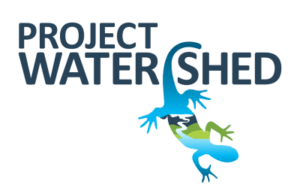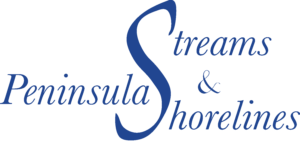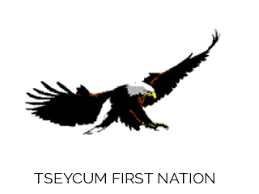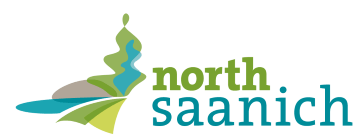Nymph Point Park
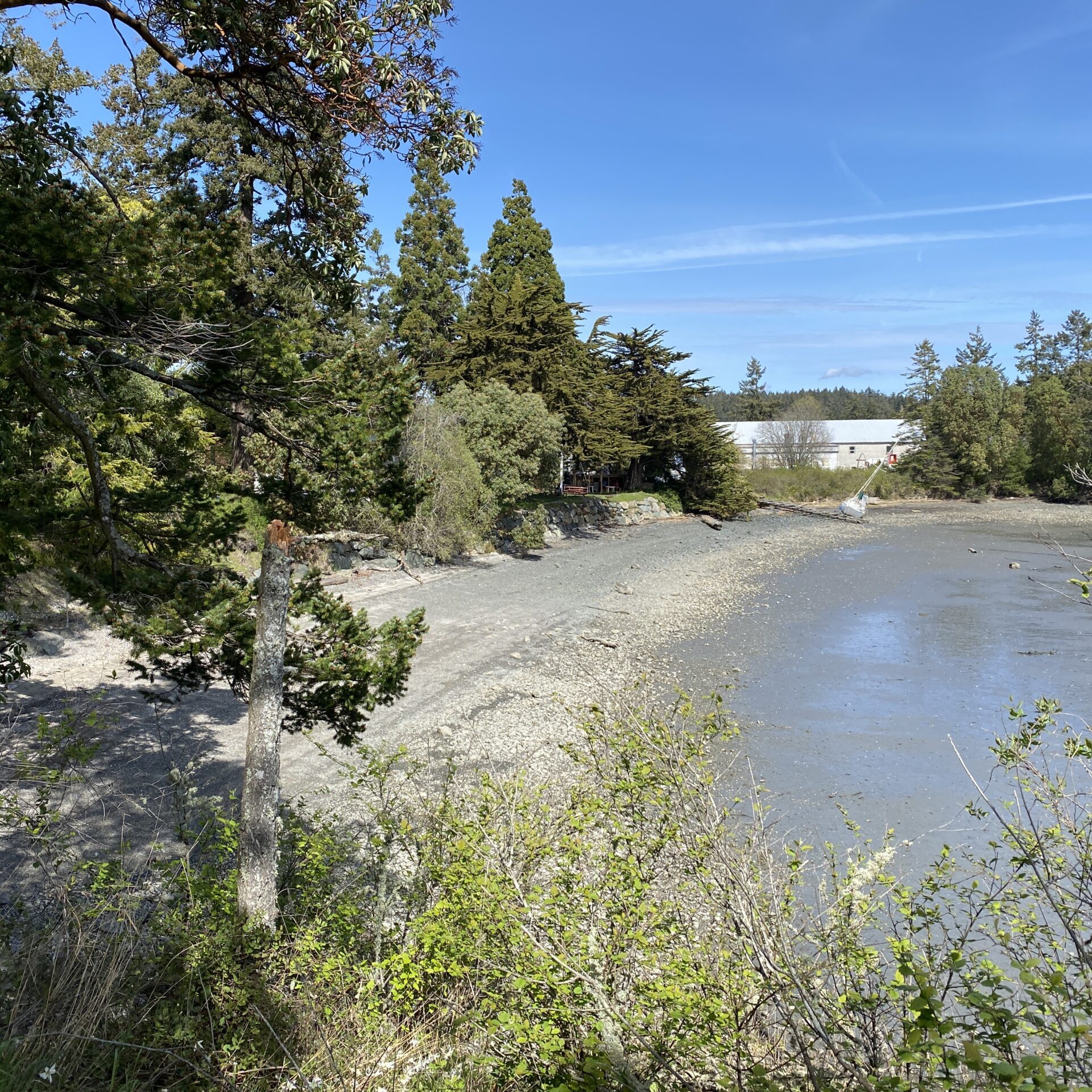
Why Nymph Point Park?
Nymph Point Park is one of the few remaining beaches on the Saanich Peninsula that supports large amounts of surf smelt spawning. These small forage fish play a vital role in the coastal food web—fuelling the diets of larger fish, seabirds, and marine mammals. Community-led monitoring has consistently documented high densities of surf smelt eggs in the southwest portion of the beach, where natural sediment supply, shading from overhanging vegetation, and minimal shoreline armouring create ideal spawning conditions.
However, spawning habitat across the rest of the beach has been severely compromised. Hard armouring, sediment loss, and altered coastal processes have left the northeast shoreline with heavy clay and large cobble substrate that is unsuitable for egg deposition. Without intervention, suitable spawning habitat will continue to shrink as erosion accelerates and fine sediments are depleted.
By enhancing sediment conditions and protecting the marine riparian zone, this project ensures that this rare and productive spawning beach can continue to support forage fish—and the wildlife and people that depend on them—for generations to come.
Enhancing Coastal Ecosystems, Building Climate Resilience, and Honouring WSÁNEĆ Cultural Practices
The Nymph Point Park Shoreline Restoration Project is a collaborative effort aimed at restoring and protecting the beach and shoreline of Nymph Point Park, located in Tsehum Harbour. Led by Peninsula Streams Society and supported by local partners including Tseycum First Nation, the District of North Saanich, Project Watershed, and others, this project addresses the challenges of erosion, sediment depletion, and habitat degradation. Through the use of Nature-Based Solutions, the project focuses on improving critical habitats for migratory birds and forage fish, particularly surf smelt.
Set to begin in September 2025, this initiative will enhance coastal resilience, protect vital habitats, and honour Indigenous knowledge and community involvement in the restoration process.
Restoration Approach
Restoration at Nymph Point Park will focus on enhancing spawning habitat and stabilizing eroding shorelines. The northeast portion of the beach will be nourished with approximately 1,000 tonnes of clean, alluvial sand and gravel to recreate spawning conditions found in the southwest section. This work will be carried out in late September 2025 to avoid disrupting peak summer spawning periods and nesting bird seasons.
To protect exposed midden deposits and reduce backshore erosion, a series of hand-built wattle fences will be installed using willow and alder materials, reinforced with coir matting and native plantings. These bioengineered structures will follow the natural contour of the eroding shoreline and allow for sediment accumulation while protecting burial cairns and ancestral remains. Cultural monitors from Tseycum Nation will oversee all ground-disturbing activities to ensure the respectful treatment of cultural heritage.
Invasive species—including blackberry, English ivy, and Scotch broom—will be removed, and over 1,000 m² of backshore will be replanted with native shrubs, trees, and dune grasses to provide shade, increase biodiversity, and improve erosion resistance. A derelict creosote log ramp will also be removed to eliminate toxic leaching into the intertidal zone and reduce shoreline contamination. Additionally, a new formalized pedestrian pathway will be constructed on the southwest park property using low-impact materials and post-and-rail fencing to improve beach access while minimizing further damage to the backshore and midden.
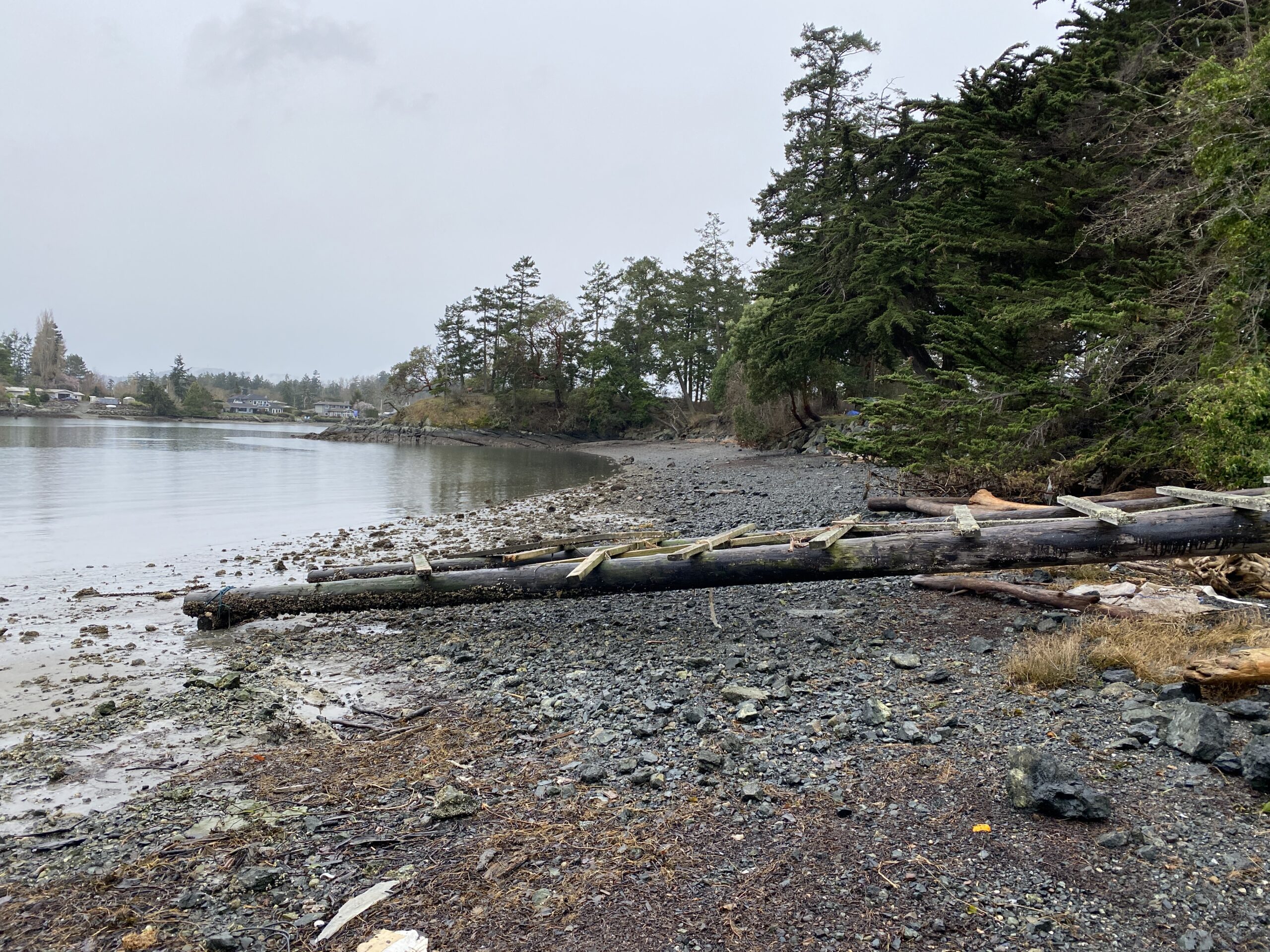
Northeast portion of the beach, where the spawning sediment has been reduced to heavy clay and large cobble.
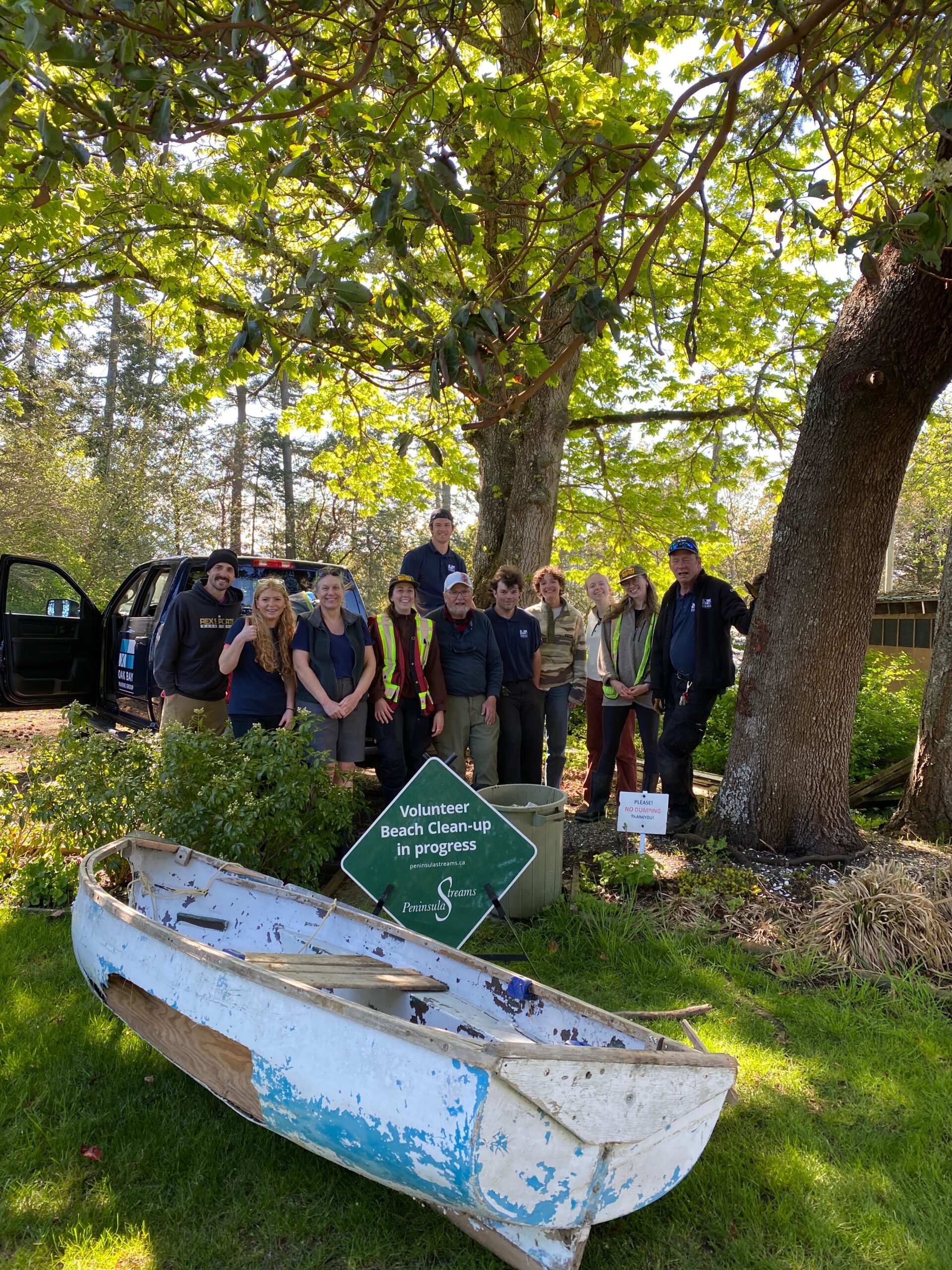
Monitoring & Stewardship
A long-term monitoring and adaptive management plan will be implemented to assess the success of restoration efforts. Monthly forage fish egg surveys at each end of the beach will be conducted before and after beach nourishment to evaluate spawning activity and success, while sediment retention, vegetation survival, and midden stability will be tracked through seasonal site inspections. Wildlife use, including osprey and heron nesting activity, will also be monitored to ensure minimal impact. Additional sediment or plantings may be added as needed based on observed changes.
By combining Indigenous knowledge, community engagement, and nature-based engineering, the Nymph Point Park Shoreline Restoration Project will serve as a model for sustainable shoreline restoration—protecting biodiversity, safeguarding cultural values, and building climate resilience for future generations.
A Look at the Project
Learn More
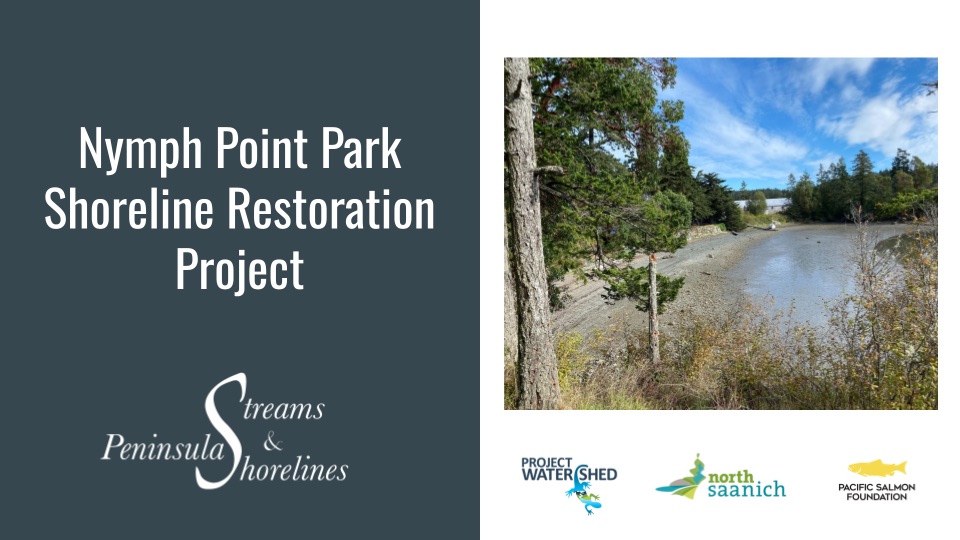
Watch our short presentation on the Nymph Point Park Shoreline Restoration Project at the recent 2025 Coastal Forage Fish Network Symposium!

